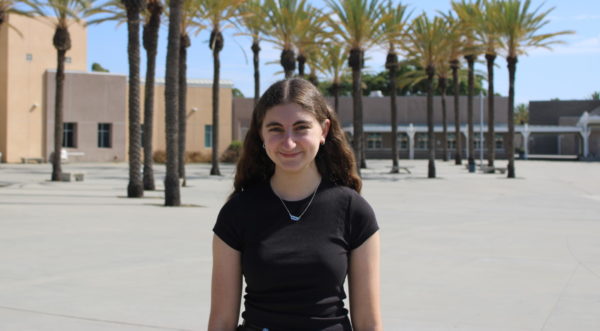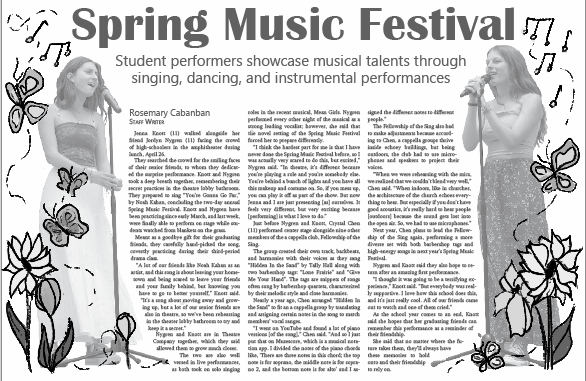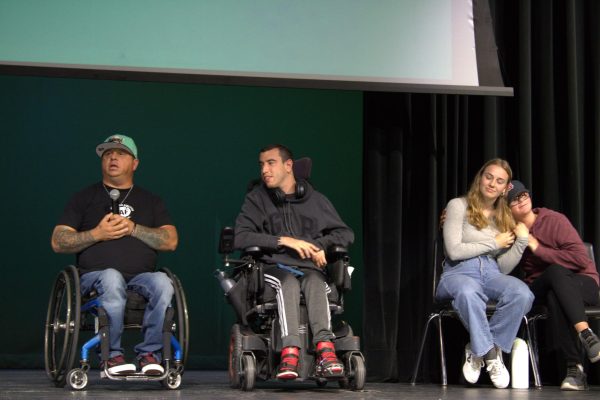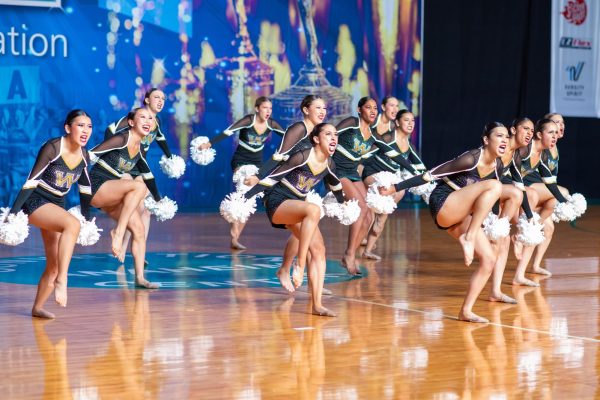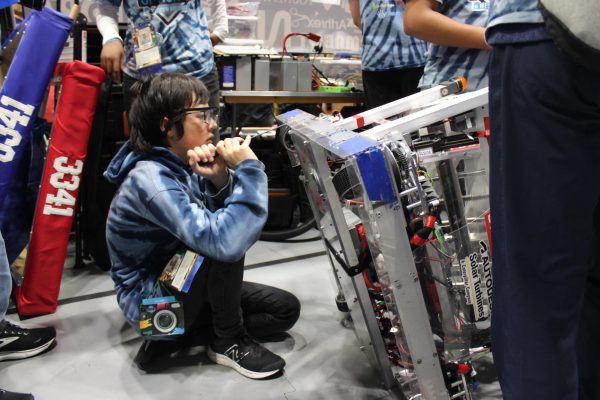PUSD introduces Global Language and Culture Program across district
October 14, 2022
PUSD recently received a $1 million grant to expand the new Global Languages and Culture Program to all elementary schools throughout the district.
According to PUSD’s Director of Global Languages and Innovative Programs Edward Park, the program will introduce young students to a multitude of languages, such as Mandarin, Korean, Japanese, Spanish, and American Sign Language, encouraging students to become more curious about the world around them.
“Before, we used to call it foreign languages, but now we’re trying to stay away from the word ‘foreign,’ since everyone’s connected globally,” Park said. “We’re trying to learn the languages and cultures from our neighborhoods or community, as well as languages that are incredibly important for opportunities for students [in the future].”
Park has been the Director of Global Languages and Innovative Programs at PUSD for one year. Before that, he worked at Adobe Bluffs Elementary School’s Mandarin immersion program for six years. Initially, Park was able to garner support for the Global Language and Culture Program because of his success at Adobe Bluffs.
“We had great teaching strategies and practices, which gave us a lot of ideas that we can do the same type of program for other languages,” Park said. “When we were seeking funding, we had created a good reputation. They believed in our program, and they were sure that it would have an impact.”
Qiuyu Julie Li is a teacher on special assignment at Adobe Bluffs who coordinates the Mandarin immersion program as well as the Global Language for Elementary School (GLES) program there. She said that this program was originally introduced to Adobe Bluffs in 2016 to try to increase the number of students at the school.
“The district picked Adobe Bluffs as a pilot school due to the low enrollment before 2016,” Li said. “It was offered to all students from TK to fifth grade twice per week for 30 minutes each session. In 2018, we launched the first Mandarin immersion program with a 50/50 model. We hoped to increase enrollment by creating an innovative language program.”
According to Li, the program has been improving students’ learning experiences, and she hopes to see the impact grow as the program expands through grant funding.
“We’ve been getting positive feedback from parents and the community about how proud their students are to know and learn a new language at school,” Li said. “The long-term benefits of the program are to enhance diversity, equity, and inclusion in the community and among students. I am sure by launching a district-wide GLES program, the impact will be even bigger.”
The Global Languages and Culture Program will be implemented in all elementary schools in the coming months, but it has been piloted in a few schools such as Tierra Bonita Elementary, and Del Sur Elementary which piloted the Japanese Language and Culture Program. Park said that they received a grant from the Foreign Ministry of Japan as a gesture to support education, funding the program.
Additionally, the virtual aspect of Connect Academy allowed for unique teaching methods while introducing the Korean program to the school.
“Something exciting was that the teacher actually taught while in Korea,” Park said. “She was able to video cool places in Korea for students to see, like historical sights. They were able to have an enriching experience in a virtual-field-trip type of classroom. We’ve been utilizing educational technology to enhance their experience of learning.”
Elementary school students will partake in a variety of activities that expand beyond just learning a language.
“They’ll do cultural lessons, like Chinese calligraphy,” Park said. “They’ll learn to count in different languages, have art lessons like origami, and different types of exercises like yoga and Kung Fu. It’s active learning.”
In order to provide this opportunity to all PUSD elementary schools, teachers for the program will be on a rotating schedule, teaching for five weeks at one school in one language before rotating. In addition, the program uses both in-person and virtual teaching to expand students’ learning.
“[The teachers] come into the classroom and provide instructions and they will be simulcasted in other schools for them to observe,” Park said. “That lesson would be saved and would be accessible on a Canvas page, so students would be able to see the lesson, not just live, but also access it later too. There will be a separate, asynchronous learning environment, meaning there will be a video link in [Canvas] which complements that lesson.”
Park said that the end goal is to expose students to many different languages so that they can choose the one they are most interested in and have more opportunities for careers and future learning.
“We are hoping that the students will gravitate to the language that they are interested in and continue that route in middle school and high school,” Park said. “Eventually, we hope to have them pursue a career in different countries, different fields, and different corporations to give them more options nationally and internationally.”
Similarly, Li said that having a focus on diversity will allow students to excel as they continue their education and beyond.
“The open and diverse language and culture environment will cultivate open-minded middle-and high-school students [through] college and above,” Li said. “One of the critical goals of education is to produce citizens with global visions. The GLES program is a starting point.”
For Park, the program goes beyond merely teaching students new languages. It’s about allowing young students to become more knowledgeable about the world around them and to appreciate diversity in their communities.
“Our long-term goals for students is to create lifelong learning and to translate that to what being a global citizen means,” Park said. “We hope that our students will see the world out there, see different cultures, and just breathe in all that diversity.”


